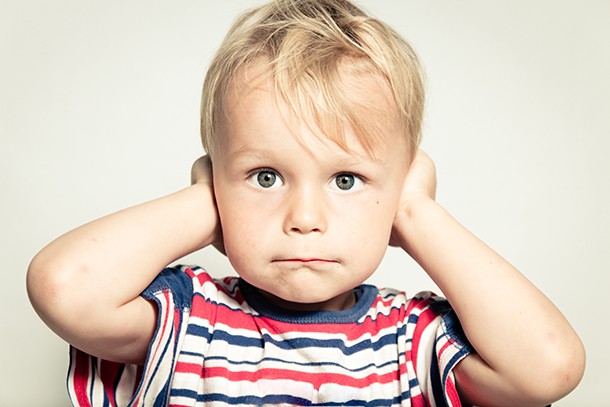What is NRR?
WHAT IS NRR?
NRR stands for Noise Reduction Rating. NRR is the amount of sound measured in decibels that a pair of earplugs will block out.
To better understand this, a person’s hearing threshold is defined as 0db (decibels). Someone with normal/good hearing can hear sounds at 15db. A watch ticking would have a level around 20db, whilst whispering rates at approximately 30db, the average conversation is around 50 – 60db.
The higher value indicates a greater amount of noise reduction. The highest noise reduction rating (NRR) currently offered by an earplug is 33 decibels (DB). This can be found in our Macks Maximum Protection Soft Foam Earplugs.
Decibel levels up to the earplug’s NRR rating will be blocked out entirely. Any noise over the earplug’s NRR may be heard. Another important factor to note is that the body absorbs sound through our heads, not just our ears; so short of encapsulating oneself in a soundproof chamber, it is seemingly impossible to block out all noise.
Earplugs and other types of hearing protection devices are designed to lessen the noise’s harshness and bring it down to a safer, more tolerable level.
What is the difference between Noise Reduction Rating and SNR?
NRR: NRR [Noise Reduction Rating] – This rating is used in the United States and is accepted for use in various other countries (including Australia). The current range of NRRs available in the U.S. market extends from 0 to a maximum of 33 decibels.
The NRR (noise reduction rating) is a method that attempts to describe a hearing protector based on how much the overall noise level is reduced by the hearing protector.
The NRR is a clinical evaluation that theoretically provides an estimate of the protection of a given device. The reasons for rating each hearing protector involve requirements for product safety and reliability. The rating enables the end-user to assess the product’s attenuation abilities for noise in their own given environment.
SNR: The SNR (single number rating) is the European Union system to indicate the amount of protection offered by a correctly fitted hearing protection device.
The European Union and affiliated countries use this rating number.
Two tests are conducted at independent testing laboratories, using test frequencies slightly different from those used for the NRR rating.
In addition to an overall rating, the SNR further rates protectors in terms of the particular noise environments in which they will be used – H for high-frequency noise environments, M for mid-frequency, and L for low-frequency.
Note that the HML designation does not refer to noise level, rather the spectrum of the noise. For example, a protector might be designated with SNR 26, H=32, M=23, L=14.
The estimated attenuation changes according to the noise spectrum of the environment in which the protector is to be worn.























































